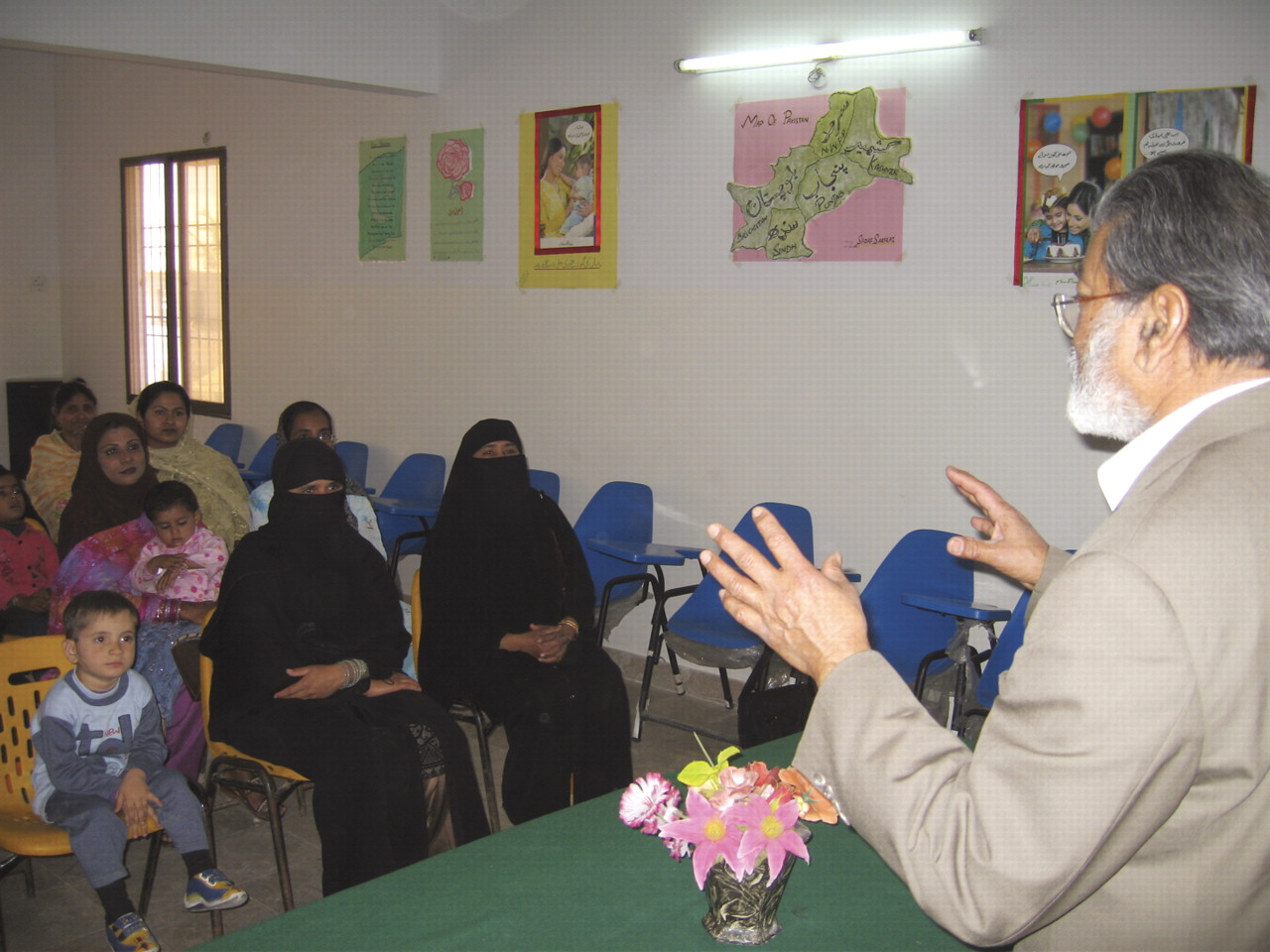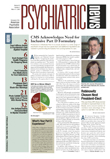The South Asia earthquake last October 8 killed 73,000 people and left more than 3 million homeless. Many lived in isolated mountain areas, inaccessible after roads were destroyed. The remoteness of the disaster, and perhaps because it followed previous catastrophes like the Indian Ocean tsunami and Hurricane Katrina, meant that it faded from television screens and newspaper front pages all too quickly.
Relief efforts continue, though, first to care for survivors' need for food and shelter during the mountain winter, but also to attend to longer-term needs.
The Pakistan Ministry of Health, with the assistance of the World Health Organization (WHO), coordinates reconstruction of basic health services in the earthquake area.
Additionally, several nongovernmental organizations (NGOs) have been active in mental health work in the earthquake area. Some provide direct patient care, while others are pursuing longer-term goals.
“The main role of outsiders is in capacity building,” said Lynne Jones, M.D., mental health specialist for International Medical Corps (IMC), a California-based NGO, in an e-mail interview from Sri Lanka.“ We avoid short-term, stand-alone counseling programs that disappear with the funding.” But building capacity has to be done in a culturally appropriate manner, she added. “One size does not fit all, and different health systems have quite different needs.”
Needs Change With Culture
Even the nature of the victims may change with geography and culture, said Jones. For example, women and children were the most vulnerable in Pakistan, while in Aceh, Indonesia, men who had lost their entire families were at greater risk after the tsunami.
In Pakistan, IMC now provides mental health training to primary health care workers, preparing them to handle mental health cases themselves rather than relying on specialists, said Jones. IMC has arranged weekly training sessions for primary care staff in the towns of Balakot and Mansehra. (WHO also provides mental health care and training there, too.)
They also run mental health clinics one day a week at Kashtri and Bassian refugee camps. A camp doctor with additional mental health training sees the patients, backed up by an IMC supervisor and supported by a Pakistani psychologist. The psychologist counsels patients needing more intensive help and conducts home visits. Every mental health care patient is assigned a general practitioner, and follow-up appointments are conducted during the doctor's normal clinic time.
Women receive particular attention. Grief support, anxiety management, literacy, and activity groups have been set up for women and teenage girls. IMC has also trained women health workers and other camp volunteer staff in community-support skills such as effective listening, problem solving, and grief work.
“In disasters much of our initial work is paying attention to grief and loss for the wider community and to the seriously mentally ill who are often neglected in these situations,” she said.
Psychiatrist Returns Several Times
One United States psychiatrist with long experience among traumatized populations has returned to Pakistan several times since the quake to address the needs of one especially vulnerable group of quake victims.
“The earthquake had a devastating effect on the region's children,” said S. Arshad Husain, M.D., a professor of child psychiatry and child health at the University of Missouri in Columbia and a member of APA's Committee on Psychiatric Dimensions of Disasters.
“For one thing, the earthquake struck shortly after children had arrived at school. Many were killed or badly injured as school buildings collapsed, and over 17,000 children were orphaned.”
Husain is a native of India who lived for 15 years in Pakistan and trained in England and Canada before joining the Department of Psychiatry at the University of Missouri in 1970. He and a team from the International Center of Psychosocial Trauma at the University of Missouri ran training programs for mental health personnel after manmade disasters in Albania, Kosovo, and Afghanistan, showing them how to train others. They spent two days in November in Islamabad, Pakistan's capital, training school principals, mayors, teachers, and physicians to recognize psychological reactions to trauma and teaching some basic counseling skills.
“People suffer silently,” said Husain. “Adults may see symptoms in children but don't know what to do. Train them and they can see.”
In January, Husain secured land from the local government about 20 miles outside Mansehra, arranged to purchase and ship 150 prefabricated shelters from the United States, and hired a local manager to oversee their installation. One hundred of the corrugated plastic shelters will form the core of the “village of hope,” he said.
Each shelter will house four orphans (defined in Pakistan as a child whose father has died) and a mother or other houseparent. Some of the shelters will serve as schools for children aged 6 to 12. Others will serve as a community health center to provide physical and mental health care.
The U.S. team was scheduled to return to Pakistan at the end of February to train and carry out a needs assessment that will also serve as a baseline for future outcomes research.
“We hope to build local capacity and local support and then have local personnel take over,” said Husain. The team's work is funded by Direct Relief International of Santa Barbara, Calif., the Association of Physicians of Pakistani Descent of North America, and local donors in Columbia, Mo.
“When I started, I didn't realize how complex it would turn out to be—organizing the land, the shelters, the food,” he said.“ But all the pieces are coming together now.”
Lynne Jones also sees signs of progress in her corner of the quake zone.
“We are at the beginning, but I am impressed by Pakistani doctors' enthusiasm and interest in mental health and their engagement in the social issues,” said Jones. “The whole point of the IMC program is to ensure sustainability by training staff who will continue to use the knowledge in their general practice.” ▪

